The best optical clarity for a welding helmet is 1/1/1/1. A second-best is 1/1/1/2. You don’t want any other optical clarity rating for your welding helmet. No 1/3/2/2 or whatever.
Gone are the days of poor quality welding helmets, so let’s not use something that’s not up to today’s standards.
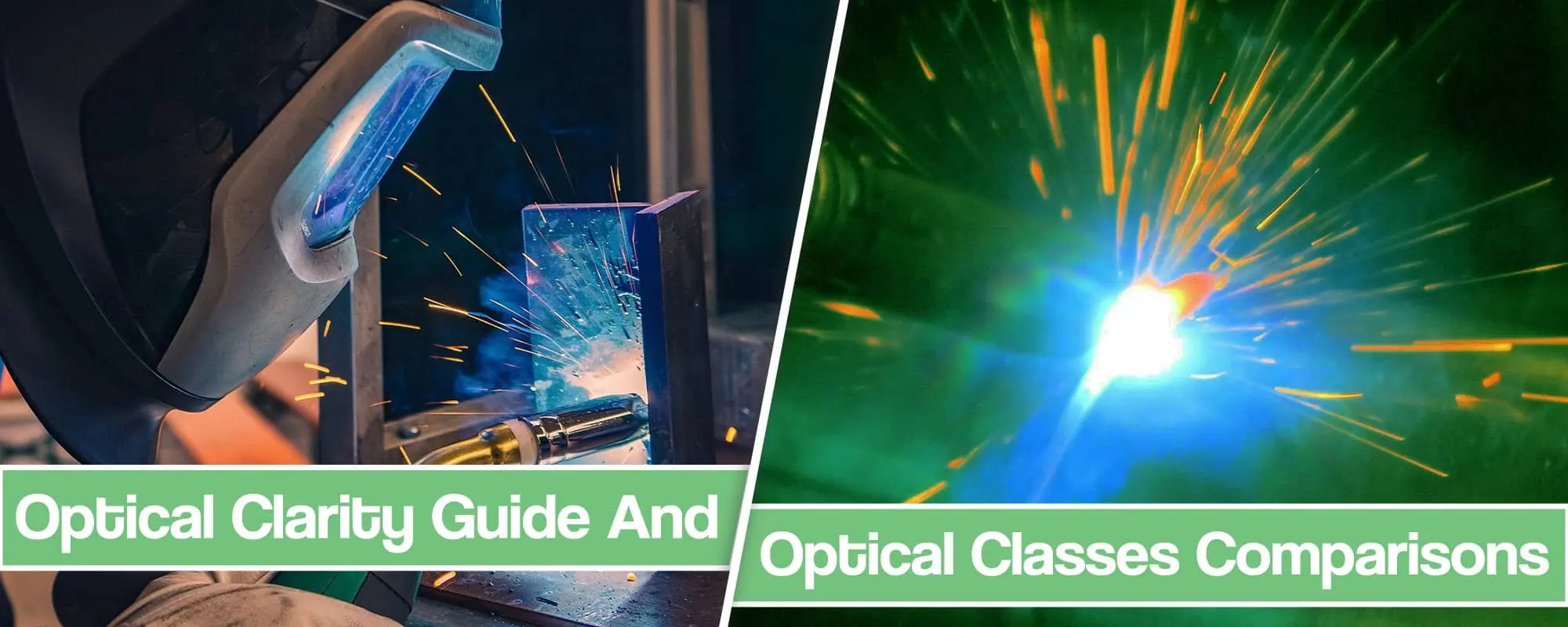
Sure, you can use a poor-quality welding helmet for an occasional job here and there but why would you? Almost every manufacturer makes 1/1/1/2 welding helmets and hundreds are very affordable. But is there a huge difference between the 1/1/1/1 and 1/1/1/2 optical clarity in welding helmets?
What do these numbers even mean?
I will answer your questions in detail with clear image examples. So let’s get started!
EN379 Welding Helmet Lens Ratings
The U.S. doesn’t have its own welding helmet formal standards and a system of rating their design, functionality and production quality. However, this didn’t stop the welding helmet manufacturers from looking at European standards for guidance and as a way to rate their welding helmet qualities.
EN is short for European Norm. EN 379 is a standard used to rate the quality of auto-darkening welding cartridges in four areas.
That’s what you have four numbers in a format of x/x/x/x.
Each of these four categories is evaluated for an auto darkening welding helmet and assigned a value on a scale from 1 to 3, the 3 being the worst quality and the 1 being the best.
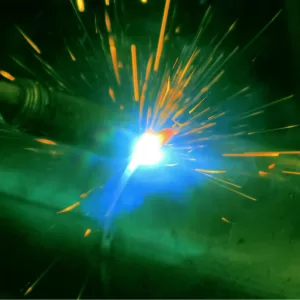
Now let’s see what these four areas are and which of the four numbers they correspond to.
Optical class (accuracy of vision) 1/X/X/X
The auto darkening lens’s optical class evaluates how distorted the image you see through the viewing area is.
For example, when you look at something through the moving body of water, you will see the image wobble and distort.
That’s exactly the kind of effect you will have with a poorly rated welding helmet for optical class.
You are unlikely to find an auto darkening helmet on the market with a poor value in this category. Most welding helmets today will have a rating of 1 as in nearly perfect image without distortion of any kind.
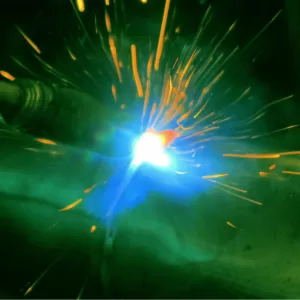
Diffusion of light class X/1/X/X
Diffusion of light rating measures how many impurities are in the glass after the manufacturing process.
The impurities will diffuse the light in an unwanted manner leading to blurry or double images.
The effect will cause eye strain and it will be similar to how things appear when you look through a pair of scratched glasses. The image will appear unclear.
Inexpensive welding lens may have impurities but if you were to go to Amazon right now and look at the cheapest helmets, you would have difficulties finding anything that’s rated with 2 or 3.
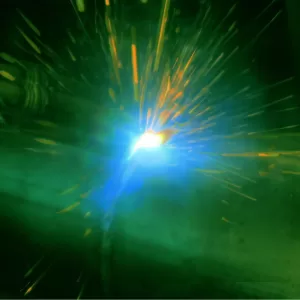
Most manufacturers today create welding lens with high purity.
Variations in luminous transmittance class (light or dark areas within the lens) X/X/1/X
Auto darkening helmets have adjustable shade levels and this rating category is about evaluating the consistency of shade across all shade levels and the entire view area.
Basically, if you put your welding helmet at a shade 10, you want the auto darkening lens shade to be consistent from left to right and up and down all over the lens viewing area.
Welding helmets usually offer shade levels between DIN 4 and DIN 13 with a minimum of shade level 9 for welding.
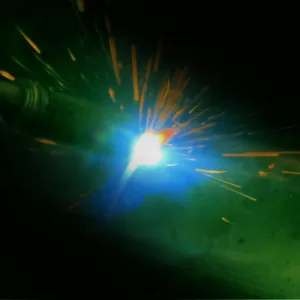
Shades below 9 are meant for plasma cutting and using a grinding mode. You can learn more about shades in our welding helmet lens shade guide here.
A helmet that’s rated with a grade of 1 will have a consistent shade while 2 and 3 will have noticeable difference in shade across the welding lens. This could leave some lens areas too bright or too dark. Especially if you have a large viewing area and a poor shade quality.
Angle dependence on luminous transmittance class X/X/X/1
This lens rating is similar to the one above as it deals with the quality of shade across the lens viewing area.
But unlike the previous EN379 lens technology rating, this one speaks about the quality of shade consistency when observing the lens at an angle.
Basically, when you use an auto darkening welding helmet with a large viewing area and try to look with a different viewing angle other than directly in front of you, you will get shade inconsistencies if the helmet uses shade 3 or shade 2.
This could also lead to image stretching, dark areas, image blurriness and generally finding it hard to focus on different welding angles.
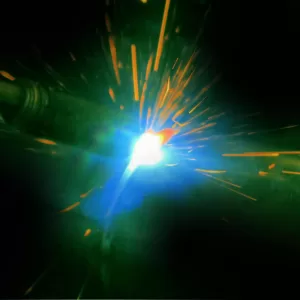
Why You Might Want a 1/1/1/2 Rated Welding Helmet
You might be thinking to yourself.. “You just said that I might have angle viewing issues.. so why would I want that?”.
And you would be right except that these welding helmets have a certain advantage.
The grind mode. It is impossible to have both 1/1/1/1 optical clarity and a DIN 3 shade level grinding with the auto darkening welding helmets.
Well.. it’s improbable, not impossible as a purple big guy would say it.
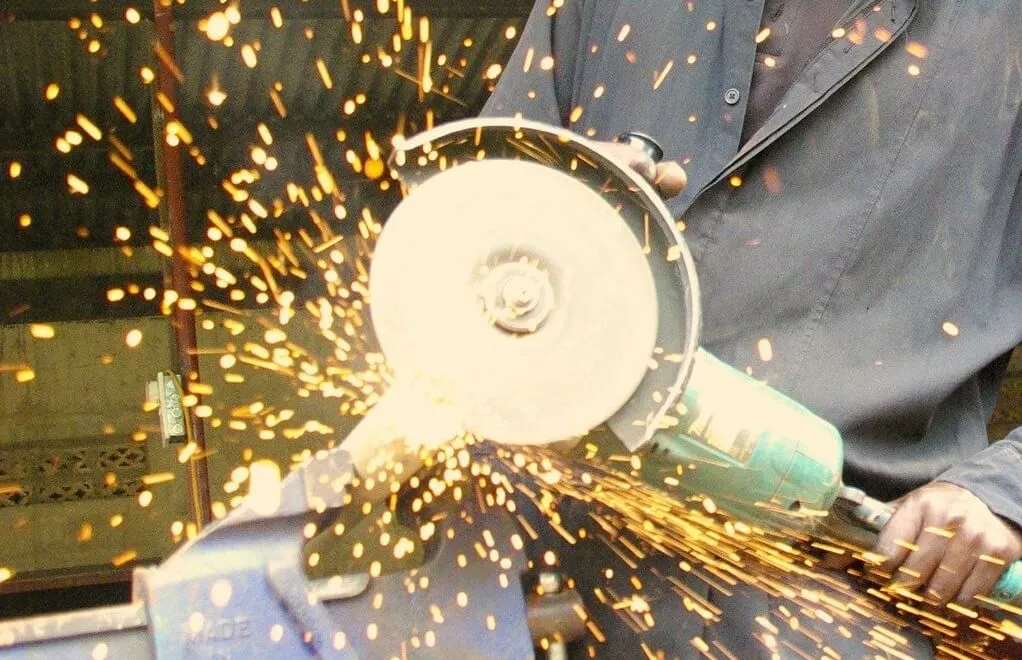
But welding helmets that offer 1/1/1/1 optical clarity grade and a light shade grinding are very expensive, so unless you want to shell out a lot of money and you need a welding helmet with a lighter shade than 4, you will have to satisfy with a 1/1/1/2 optical clarity
You are barely going to notice a difference if you are not a professional welder. If you are a professional, I advise going with a high quality auto darkening welding helmet because once you get yourself a highly rated hood with top features, you will never look back. For hobbyists, 1/1/1/2 with DIN 3 will be all you will ever need.
Why Is Optical Clarity Important When Doing Welding Work?
Because you want to see your weld puddle clearly and to reduce eye strain. Clarity itself will help you produce higher quality welds, while a reduction in eye strain will have you welding longer hours with less fatigue. This means more money and less pain. Win-win.
Auto darkening welding helmets that deliver 1/1/1/1 optical clarity will give you the precision you need when welding on exotic and thin metals. However, even if you are doing welds on regular mild steel, you will still benefit from a clearer viewing area.
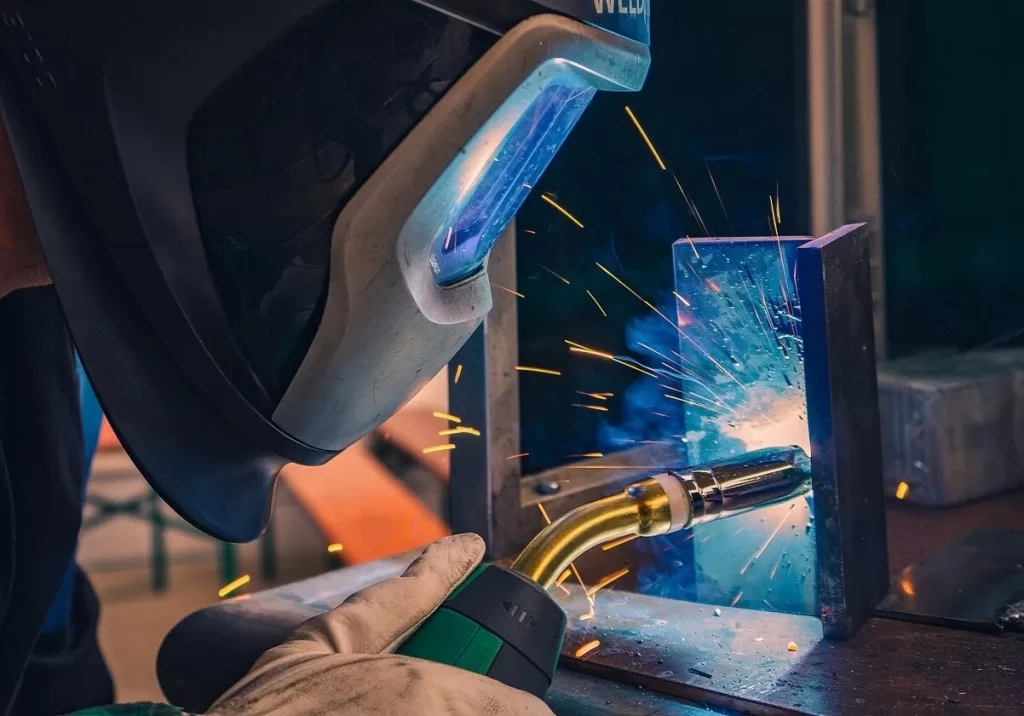
Best welding helmets today will offer both a 1/1/1/1 optical clarity and a good shade level for grinding. If you can get yourself one of those welding helmets, you are in for a much better welding experience.
Other Things You Should Consider When Getting a Welding Helmet
In our separate article, we wrote a full buying guide for the welding helmets. You should definitely give it a read but here is a quick rundown.
Your welding helmet has to be ANSI Z87.1 certified, have high quality arc sensors, it should have more sensors like 4 arc sensors, a comfortable and adjustable headgear, a full shade range, very fast reaction time like 1/25,000 of second, true color technology, sensitivity control, be light weight, have external controls for the grind mode, etc.
An auto darkening welding helmet will offer great value if it improves your welding process. It should be reliable, feature rich and give you the ability to switch between modes easily.
Experienced welders interested in TIG welding should look for TIG rated hoods because the arc sensors have to be rated for low amp start.
Some of the best brands and their lines you should check out are Lincoln Electric, ESAB Sentinel, Optrel, Miller and 3M. Their price might be high but they will not cause eye fatigue.
Conclusion
Now that you understand optical clarity, it’s easy to conclude that 1/1/1/1 vs 1/1/1/2 helmet doesn’t really matter unless you are a professional welder.
If you weld for hours at a time and are forced to look at a lens at an angle, you might be better off using a 1/1/1/1 welding helmet but if you also want to have a light shade mode for grinding, you will have to pay top dollar for it. Otherwise, use DIN 4 for grinding and you will be good.
Resources
- The Importance of Optical Clarity at www.lincolnelectric.com
- ANSI Z87.1 Eye and Face Protection Devices Standard at ansi.org




